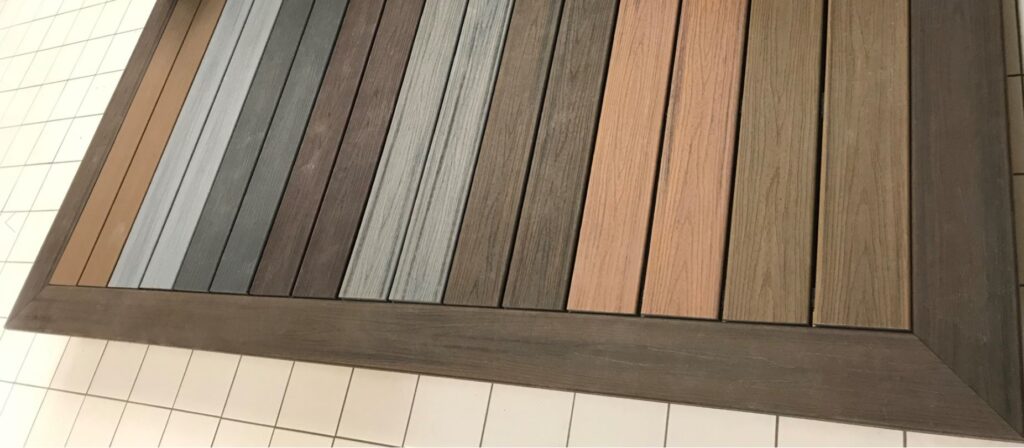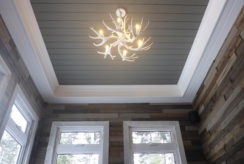The art of outdoor living… we all dream about it, we all enjoy it. But, is composite decking really worth it?
Consider the pros and cons of composite decking before finalizing your ideal backyard living space. There are so many products on the market that it may be confusing when making your decision. Let’s shed some light on the key aspects to consider.
Pros of Composite Decking
1. Longevity
A Trex® composite deck is ready whenever you want to use it. Composite deck materials can withstand the most severe weather conditions for decades without any additional treatment or protection. Whereas Trex guarantees that after 25 years their decking will still look and feel great.
2. Durability
No sanding, staining, or painting here—a little soap and water or a quick power washing is all the maintenance Trex requires. It won’t rot, split, splinter or crack and it’s termite proof! Wood decks take constant care. Trex composite decking is more durable and longer lasting. When you look at all Trex has to offer, wood decking begins to feel like signing up for a second job.
3. Color Design
Composite deck products come in a variety of fade-resistant colours and textures that will complement any home. You can create a multi-colored outdoor living space by combining different composite colored boards in one deck project. Consider combining lightly colored deck boards bordered with darker tones for a dramatic look. Ask us for great ideas to incorporate patterns into your deck design.
4. Sustainable
Standard wood decks contributes to deforestation, cutting down trees that local wildlife depend on for food and shelter. Conserving an ecological balance by avoiding depletion of natural resources is a peace of mind that comes with Trex. The boards are made of 95% recycled materials. No other composite decking on the market comes
close to matching Trex for style or substance. Earth, you are welcome.
Cons of Composite Decking
1. Price
This is the most recognized disadvantage of composite products. It is often the number one reason why customers opt out of composite solutions. The composite decking is only one aspect of the deck build. For example, framing and footing costs are going to be the same in both situations. Get an estimate to understand the true additional cost of building your composite deck. Also, don’t overlook the long term savings you will get by going with composite decking. Your time, money and energy taking care of a wood deck is worth a lot too.
2. Return On Investment
Real estate studies show that installing a deck increases the value of your property. However, the value of your home won’t necessarily reflect the added investment that you put into purchasing a Trex composite deck. If you plan on selling your home soon, regular wood decking is most likely the right approach. If you are planing on staying in your home for the next 5 years or more, then this turns into a great investment to upgrade your outdoor living space.
3. Replacement
The color, tint, and shade of composite decking cannot be changed. On the other hand, standard wood decks can be re-painted, re-stained, or refreshed. Other drawbacks include noticeable surface damage. Severe scratches and deep gouges are common issues with composite deck products. They are difficult to repair without replacing individual deck boards.
Many of these factors will play a role when making your decision. Before you settle and start your project, be sure to contact a TrexPro® deck builder.




